How to Mint NFTs on Solana
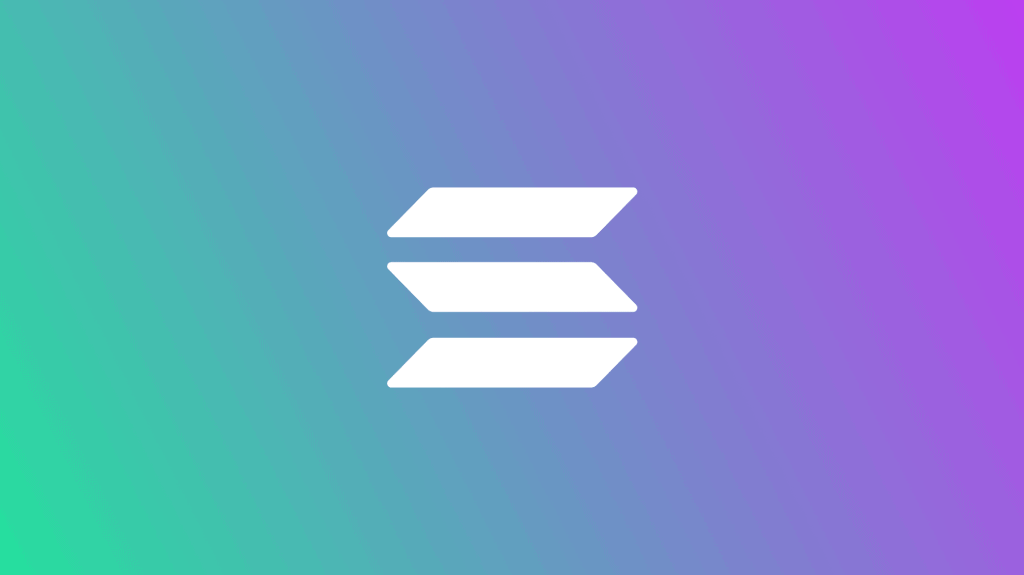
If you’re looking at NFTs, the big collections you come across first will probably be on the Ethereum blockchain. However, crypto moves insanely quickly, and nowadays, there are many Ethereum alternatives, so let’s look at how to mint NFTs on Solana.
Why to Mint NFTs on Solana (and Why Not)
The main reasons NFT projects have been drawn to Solana are the combination of very low transaction costs with a highly active NFT community that’s gaining ground on Ethereum.
Once you’re set up with a funded wallet, it’s very easy to dive in and get started, and there’s always a lot going on.
On the negative side, Solana was more associated than its rivals with the now-collapsed FTX, and its price was hit hard in the fallout.
And when it comes to Solana’s direct competitors, Ethereum is still top, Polygon has been picking up a lot of big-name users, and the Cardano NFT space has been quietly innovating while avoiding controversy.
Phantom and SOL
The most-used Solana wallet is Phantom, and it’s a breeze to get set up (follow this guide if you need assistance). It’s a Metamask-style wallet that sits up in your browser bar.
The native Solana currency, SOL, is listed on major crypto exchanges, and once you’ve transferred some SOL over to your wallet, you’re good to go.
The price of SOL is now down a lot from all-time highs. This could make you hesitate (why jump into an ecosystem that’s printing red candles?), but the alternative perspective is that it’s ideal to try out a new blockchain when you can load up on cheap tokens and shop around without too much at stake.
What’s the Difference Between Minting and Buying?
When people talk about minting an NFT, it refers to buying a brand new NFT when a new project launches. The act of purchasing the NFT causes it to be created, or minted.
On the other hand, simply buying an NFT might refer to minting it on launch, but is more likely to mean purchasing it later on secondary markets (or through a peer-to-peer trade).
Find Upcoming Solana Drops
Magic Eden Launchpad
The number one Solana NFT marketplace is Magic Eden (which now also supports Ethereum and Polygon), and, usefully, it has its own launchpad for new projects.
Keeping an eye on Magic Eden’s launchpad is a very easy way to find upcoming drops, and it comes with the advantage that teams are doxxed and key information about projects is clearly presented.
However, just launching through Magic Eden is not in itself an indicator that a project is good or will do well, so you still have to assess each drop on its own merits.
Art NFTs
If you want to pick up unique artworks brand new (rather than collecting PFPs, gaming/metaverse assets, or NFTs from other high-supply collections) then there are endless opportunities to find new drops.
To keep in the loop about what’s coming up, the Le DAO artistic community is a great place to start, along with 21dao and Big Brain Gallery, or check the DAOs and Collectives section on the front page of the Collector platform.
Formfunction and Exchange are two important marketplaces for Solana-based art NFTs, and you can use them to find out about new mints.
Twitter and Discord
There are several Twitter accounts that are heavily focused on Solana NFTs and will lead you to new projects.
Start by checking on Solana Insiders, Solana Sensei and SOL Big Brain, and see where they take you. These accounts are, of course, hugely biased towards Solana, but they’ll keep you aware of significant developments.
Another approach is to buy into a big, well-established Solana NFT collection (check the all-time top ten and see what interests you), and then hang out in the Discord. There should be plenty of chat about the Solana ecosystem, including upcoming projects and potential opportunities.
Assessing New Projects
The first thing you can do is simply look at how well it’s being put together. Is the artwork smooth and stylish? Is the website doing anything new? Does it provide hooks and anticipation to tease in newcomers?
On the whole, every element should look like it’s made by professionals, because NFTs are, at this point, largely beyond the enthusiastic part-timer stage.
You also need to figure out what value a project is offering. This was less important when the market was bullish and powered by hype. In current conditions, though, projects need to have a clearer purpose, although, that said, don’t rule out purely art-based collections.
As far as possible, check the team’s credentials. Any project where the team is not doxxed should be treated with caution, although there are creators and artists whose reputation is connected to a researchable pseudonym, rather than a real name.
Join a new project’s Discord as early as possible. This is where you can assess the general vibe, how the team operates, and what kind of people are participating. It’s also where you’ll usually get updates soonest and learn about whitelist opportunities.
Hold or Flip?
Having minted a new NFT, you’re faced with the question of whether to hold on to it or flip it (meaning sell it on secondary). In general, it’s best to have a plan in mind before minting, and then stick with it.
If the NFT has specific utility, you’re adding it to your collection, or the expectation is that it will gain in value over the longer term, then you’ll want to hold onto it.
If you’re able to mint something sought after, and expect high demand, then you’ll be flipping for profit. In this case, don’t get fooled into thinking that rising prices will either go up forever or will, having hit a plateau, stay at that point.
Know roughly when you’re going to sell, and take profits, leaning–in current market conditions–towards sooner rather than later. If you mint multiple NFTs from one launch, then you might be able to ladder out on the way up, but most projects limit the number of NFTs that one wallet can mint.

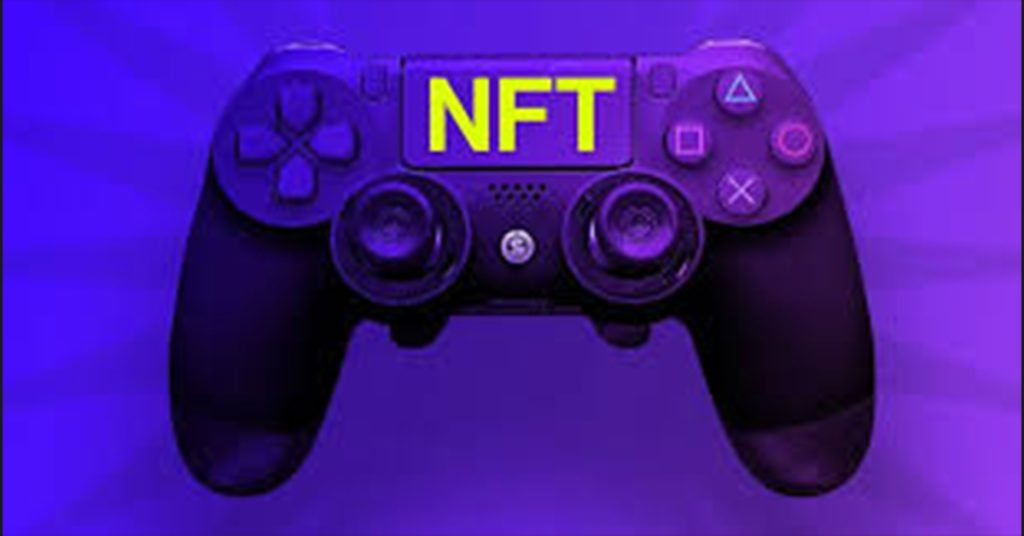
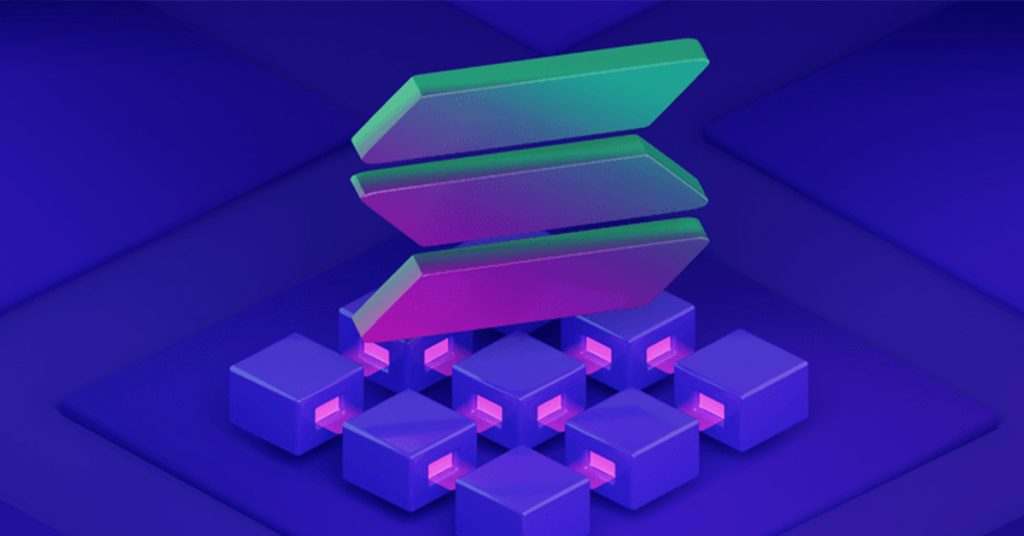
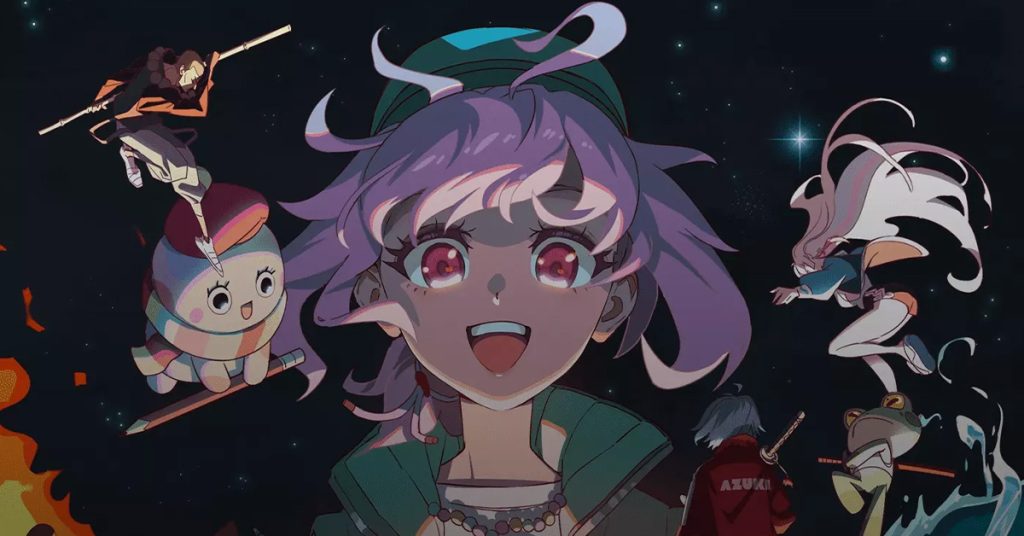
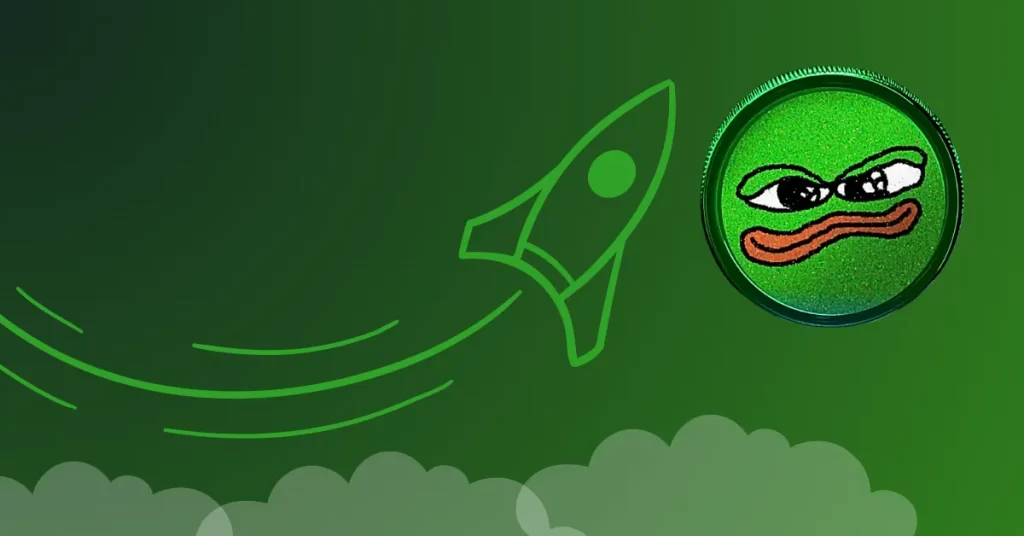
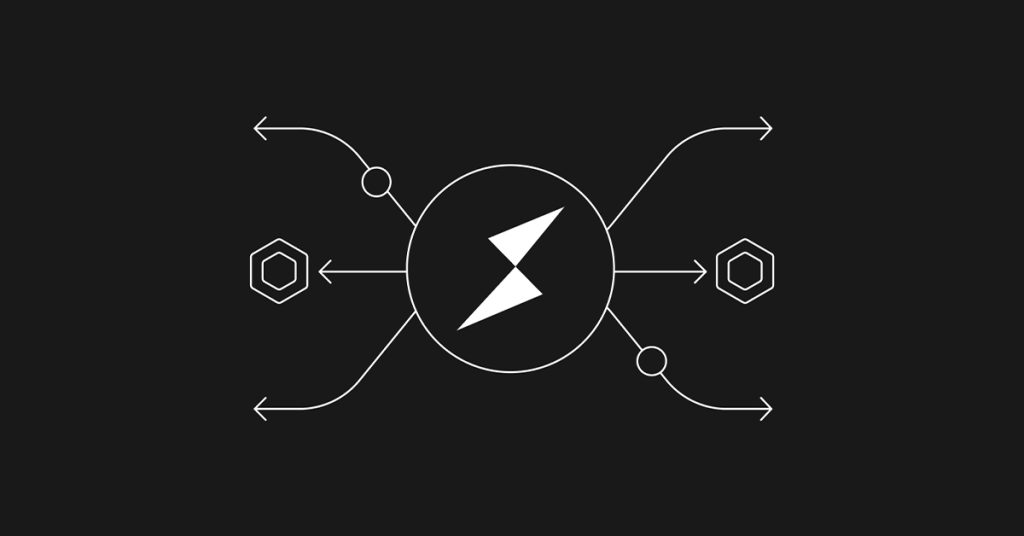
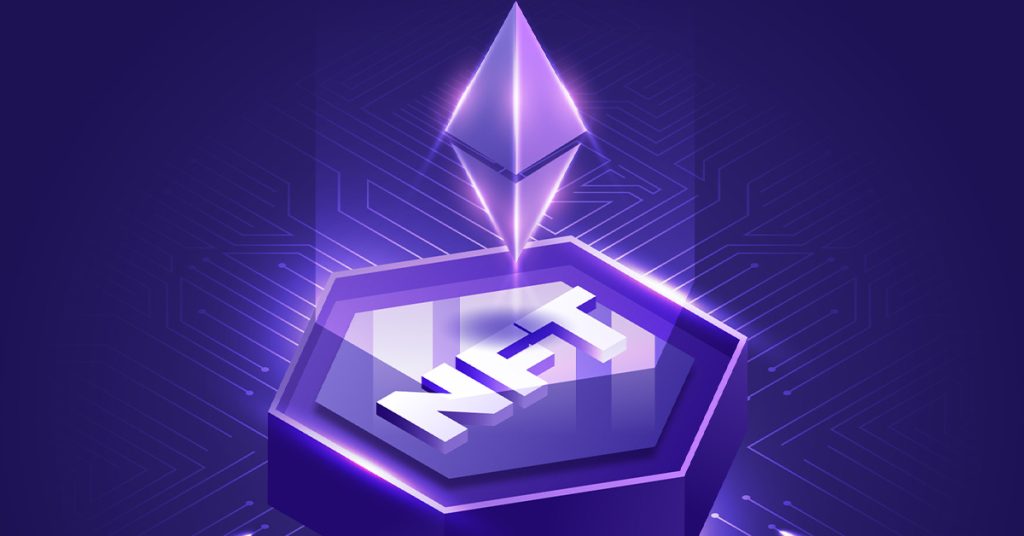
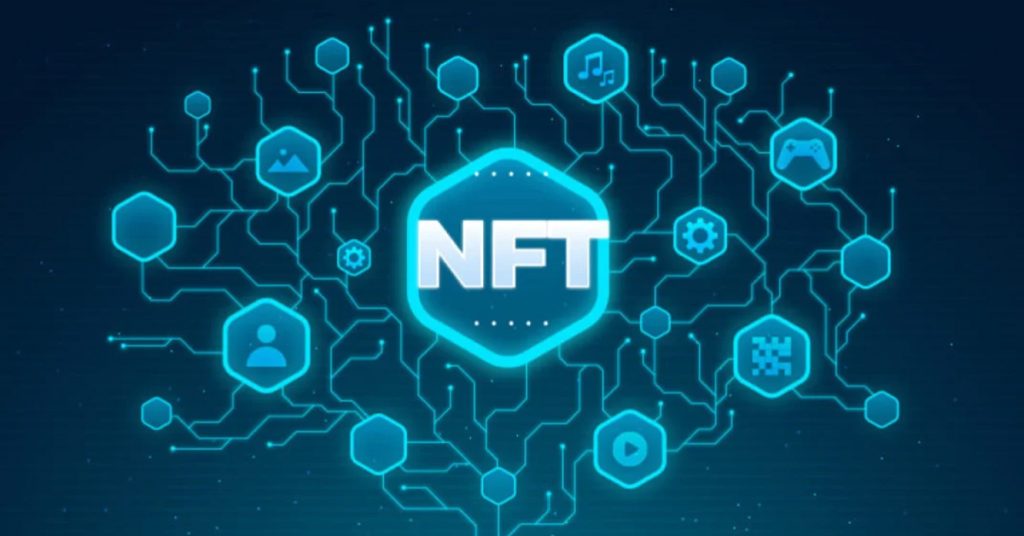
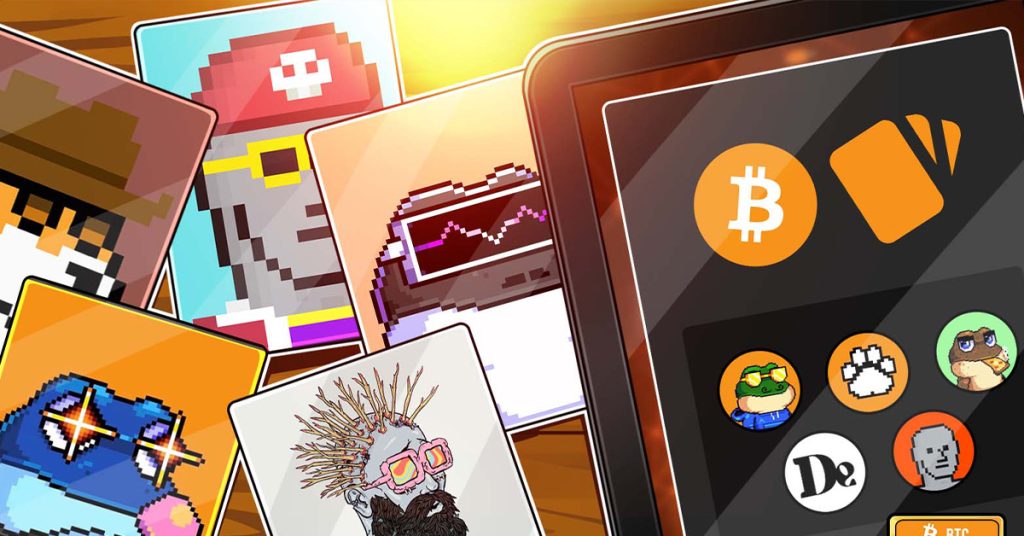
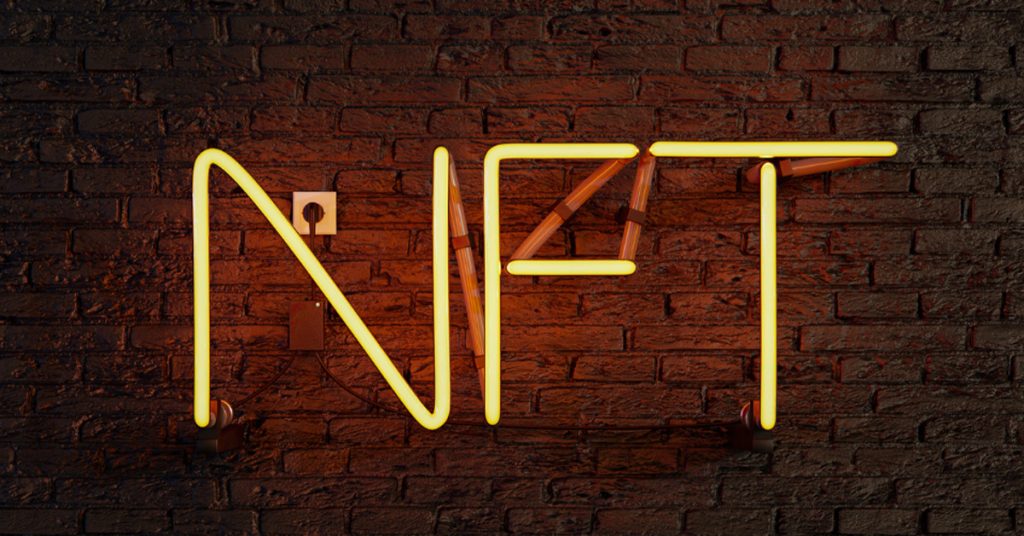
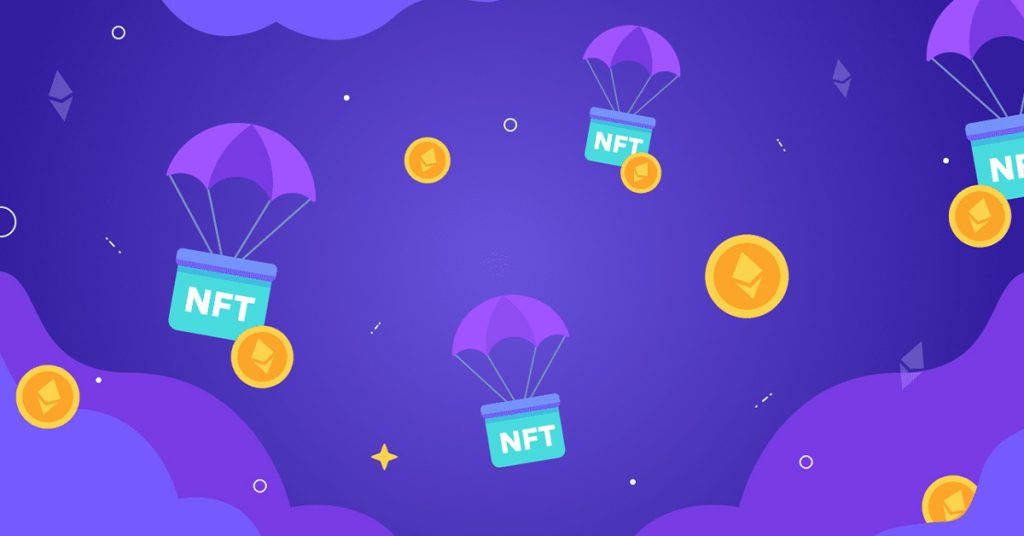
Responses